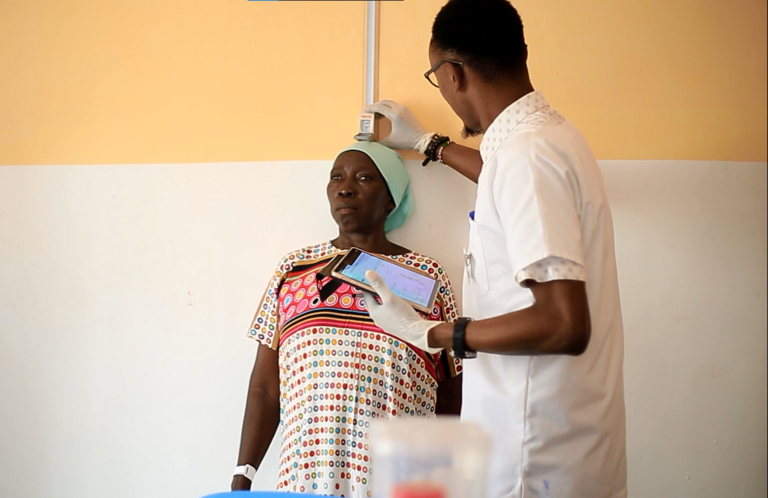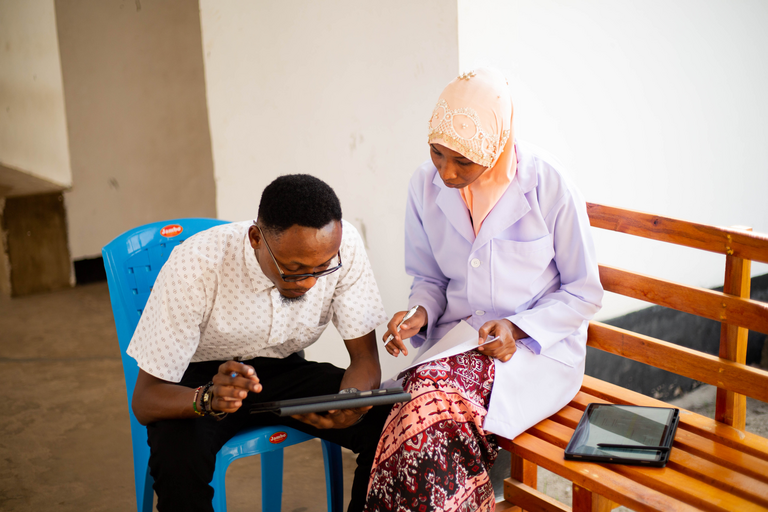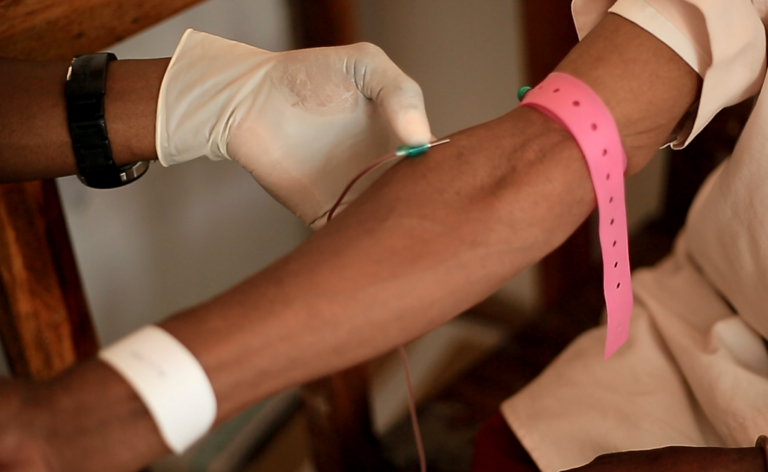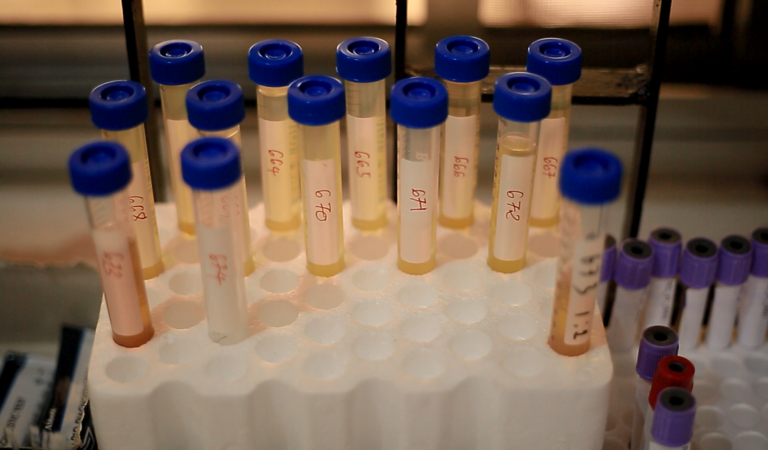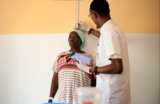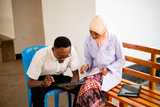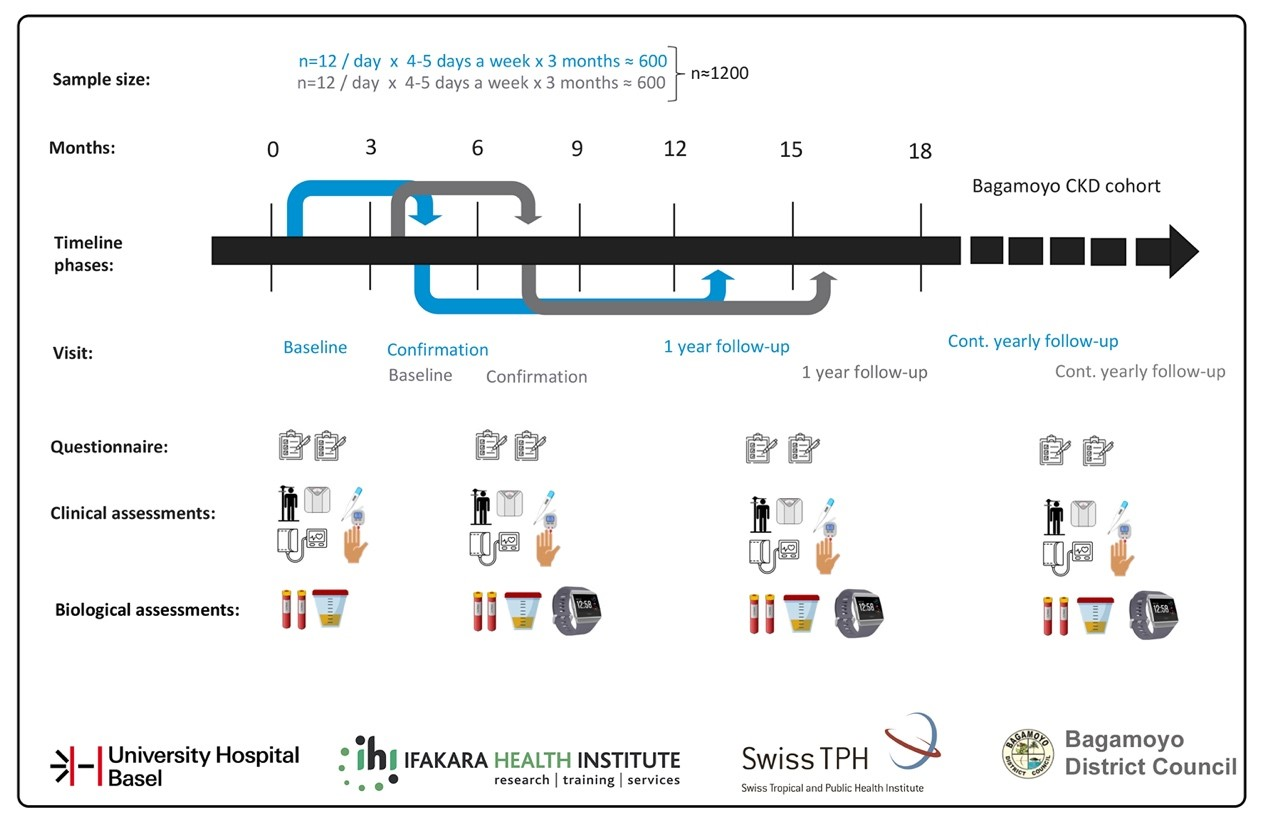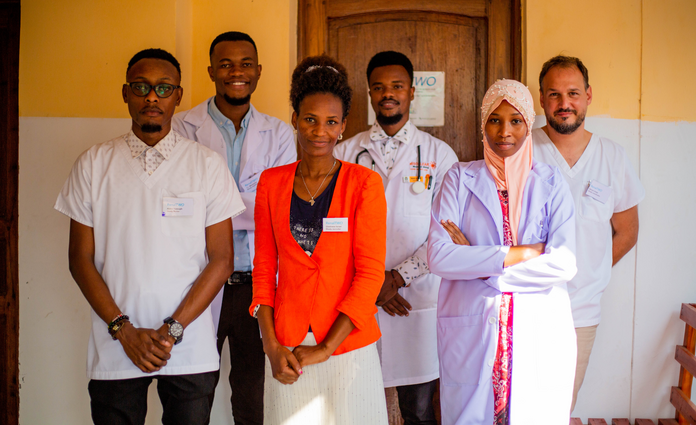
Through a rapid change of life style, cardiovascular diseases are on the rise in low- and middle-income countries. As part of his PhD at Swiss TPH, Nikolai Hodel set up the RenalTWO study to investigate cardiovascular disease risk factors linked to chronic kidney disease (CKD) in Tanzania. In this blog article, Nikolai talks about his exciting PhD project that might transition into a cohort study.
Cardiovascular diseases are on a strong rise in low- and middle-income countries. Thanks to the better control of infectious disease such as HIV/Aids, malaria, and tuberculosis, the population grows older. A longer life – combined with lifestyle changes in diet and exercise – is a leading risk factor for chronic illnesses including cardiovascular diseases.
Diabetes and hypertension are early manifestations of chronic disease and are the main drivers of chronic kidney disease (CKD), not only in highly industrialised settings, but also in semirural Sub-Saharan Africa. This epidemiological transition and the double burden of disease was demonstrated in the 2011 RenalOne study, which was conducted in Bagamoyo. I had the opportunity to supervise the field work in that study as part of my civil service. In RenalOne, we found that in a comparatively young population (median age 37 years), the prevalence of CKD and diabetic metabolic state is similar to that in highly industrialised countries, where the populations studied are often much older than the patients we examined in the outpatient clinic at Bagamoyo District Hospital. Further, we found evidence of a double burden of disease contributing to chronic kidney disease.
RenalTWO had existed in my imagination for some time and I knew it would make a great PhD project. For my master’s thesis in epidemiology at Swiss TPH, I analysed data from RenalOne. Filling the gaps that were identified at that time and bringing the RenalTWO study into reality in Bagamoyo, Tanzania, is exactly the kind of challenge I was looking for in my PhD.
Filling the gaps in NCDs research
The RenalTWO study is an in-depth longitudinal assessment of chronic kidney disease burden in semi-rural sub-Saharan Africa based in Bagamoyo, Tanzania. We aim to investigate the prevalence rate of chronic kidney disease, with justice to the chronicity criterion. Thus, we aim at two measurements of the kidney function per patient, with a gap time of at least 90 days. Further we want to understand the range of risk factors for cardiovascular disease, and medical history of patients’ infection diseases. We also want to better understand socioeconomic structures, nutrition, physical activity, and lifestyle habits of the population in Bagamoyo, which can be generalised to semi-rural populations across the continent.
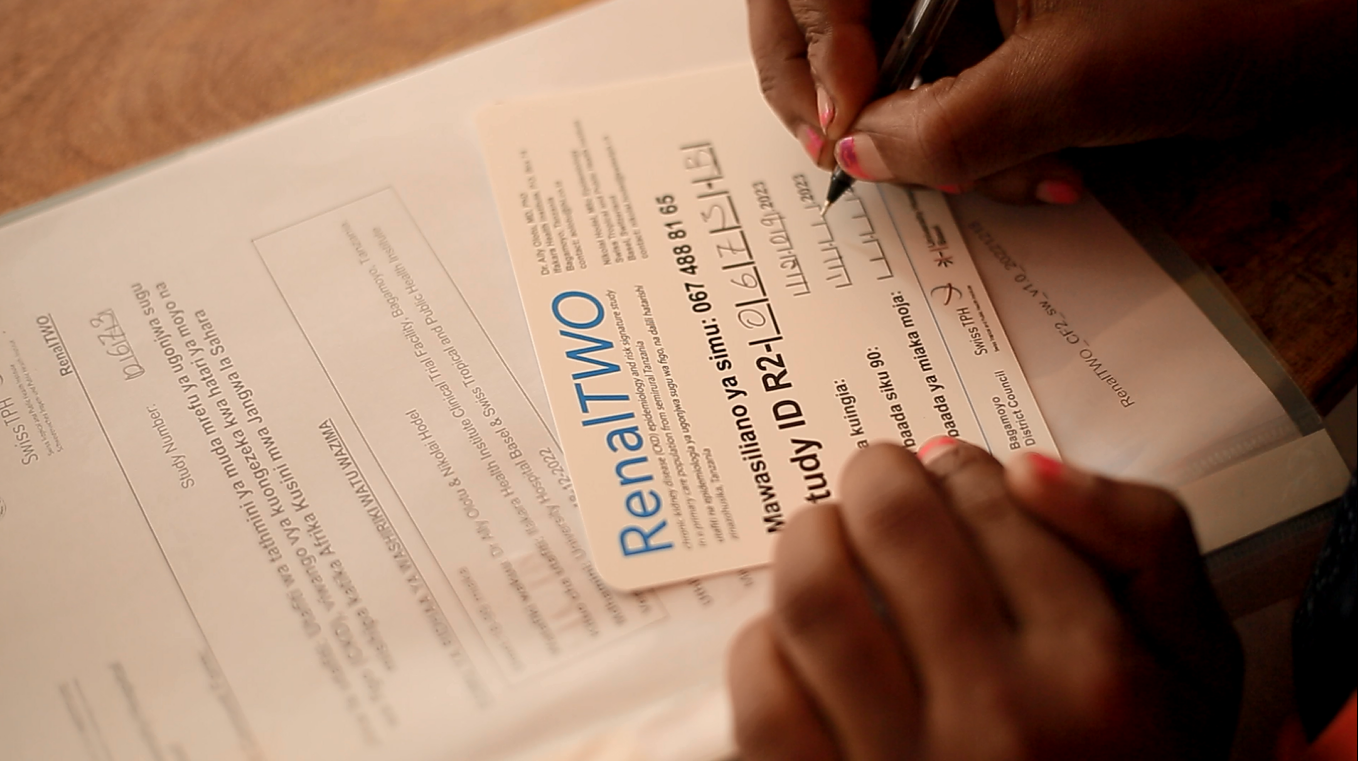
Setting up the study clinic
To conduct RenalTWO, we again chose the Bagamoyo District Hospital, a governmental health centre that serves as a referral hospital, as our study site. It is an ideal location to better understand the risk factors of a population that is transitioning from a rural community to a more urban hub, with its proximity to the metropolitan area of Dar es Salaam only 50 km in the south, and a large remainder of rural communities in the northwest, both accessing the same hospital.
When we transformed unused rooms of the hospital into a non-communicable disease clinic, we placed an important focus on sustainability. For example, we refrained from unnecessary frills and constructed furniture and shelves from solid wood. This will ensure that the clinic can be used beyond the duration of the RenalTWO study.
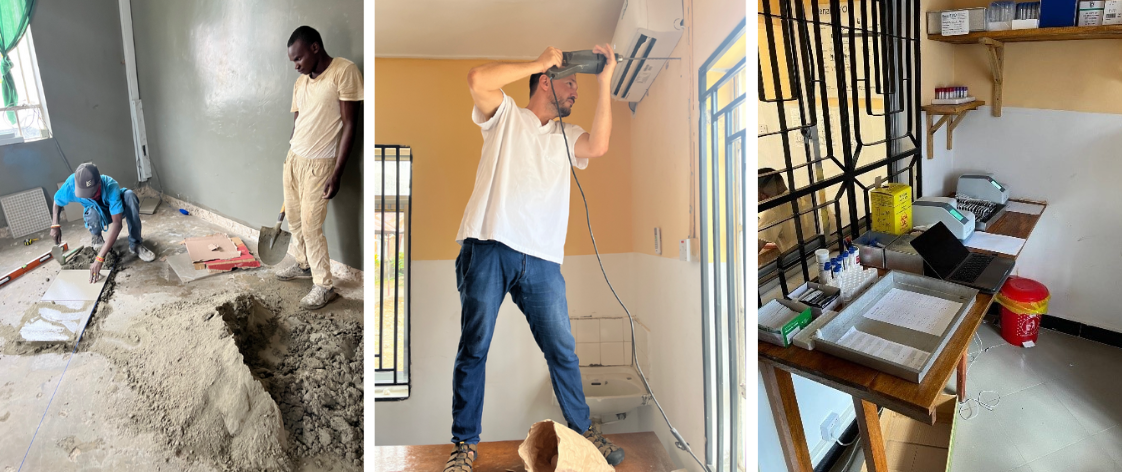
Data Collection and Study Design
The RenalTWO clinic is connected to the Bagamoyo District Hospital’s outpatient department. Of the 120 walk-in patients who visit the ambulatory on average per day, 10 to 15 are included in the RenalTWO study.
Apart from the regular diagnosis and treatment, we take patients’ vital signs, measure the height, weight and waist circumference, and collect blood and urine samples. Samples are processed and biomarkers for CKD, diabetes and lipid profile are assessed. Besides that, all patients are screened for HIV/AIDS, malaria and schistosomiasis. We run some tests in our own point-of-care laboratory and send the collected samples to the nearby certified laboratories of the Ifakara Health Institute for more detailed analysis.
As soon as the results from the lab are ready, patients receive the appropriate treatment. Before checking out, a professional nutritionist assesses patients’ socioeconomic backgrounds as well as dietary and lifestyle habits.
All patients enrolled in RenalTWO are invited back for two follow-up visits, one after three months (≥90 days) and one after one year. At each visit, patients see a medical doctor for a routine clinical check-up and an in-depth questionnaire on their medical history. To date, we have included 1100 patients into our study and rechecked over 500 patients in the three month follow-up. The aim is to include another 400 patients in the coming months and recheck at least a total of 1000 patients.
Visuals and Digitalization
A key component of the study is the clear communication with the study participants. We therefore prepared several visuals to comprehensively display all processes and procedures. Icons used in these tools are also found in the clinic to guide study participants and ensure everyone can understand the study flow and procedures.
What is particularly impressive is that we are fully digital. Aside from a signature sheet, we have no (paper based) documents but work with tablets. The logic and design of the questionnaires are well thought-through, interactive and straightforward. This was a particularly important aspect to me as I have encountered numerous unattractive databases in my professional life, and many of them with lots of missing data.
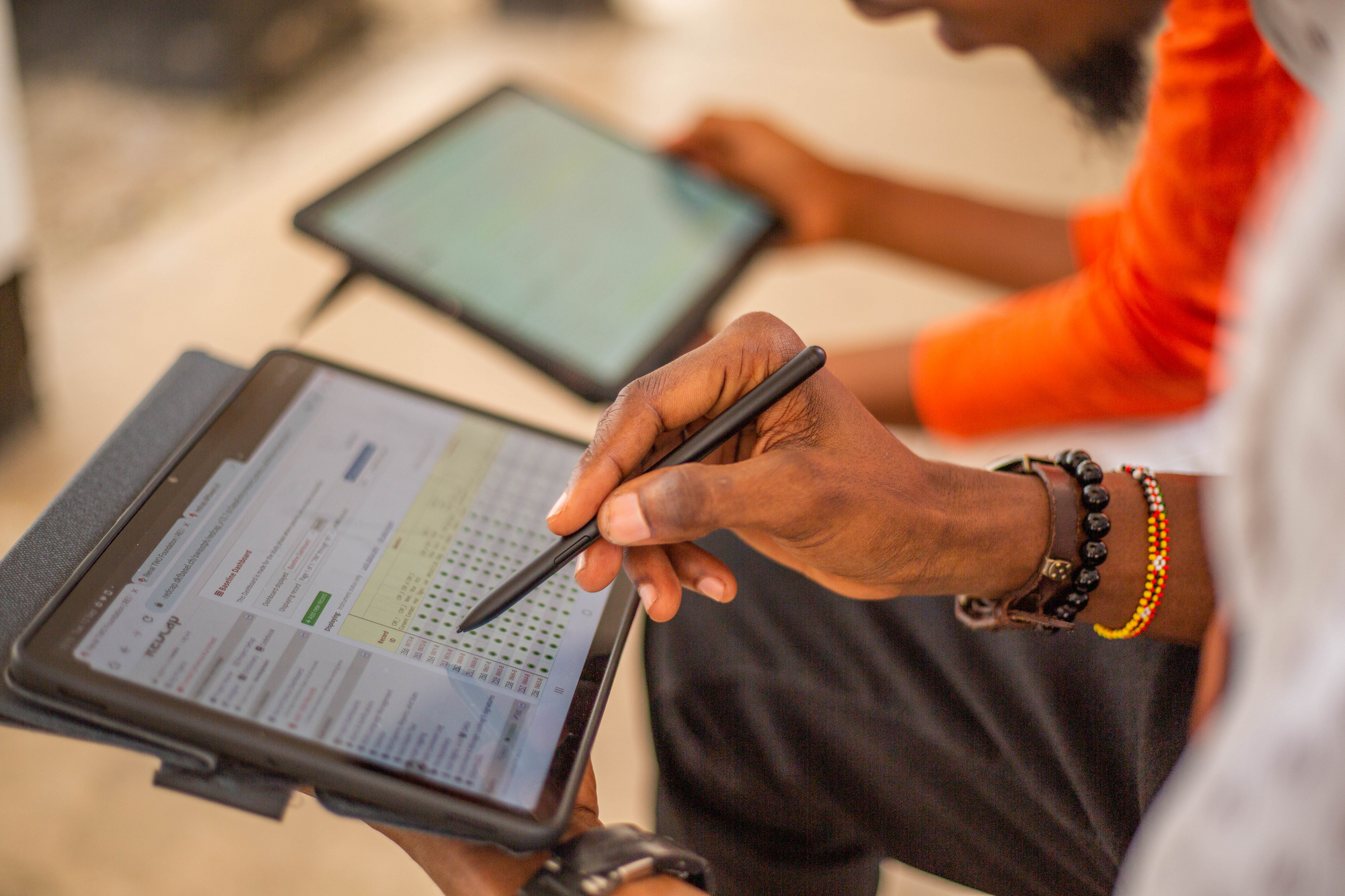
As a trained laboratory assistant, it is important to me to execute experiments with meticulous preparation and precise organisation. I am therefore glad to report that so far we have had almost no missing entries after enrolling the first 1000 patients.
The Starting Point for a Cohort
RenalTWO provides critically needed data on NCDs for better healthcare and health system planning, including the opportunity to develop adequate diagnostic and therapeutic approaches. With the study, we also want to foster mutual learning and capacity strengthening for healthcare specialists, such as nutritionists, laboratory personnel and study nurses. Ultimately, our aim would be to transition this longitudinal investigation into a sub-Saharan African cohort on cardiovascular diseases and their risk factors, with a wide range of data at the baseline providing good opportunities to carry out validations of diagnostic tests and / or test for new interventions.
